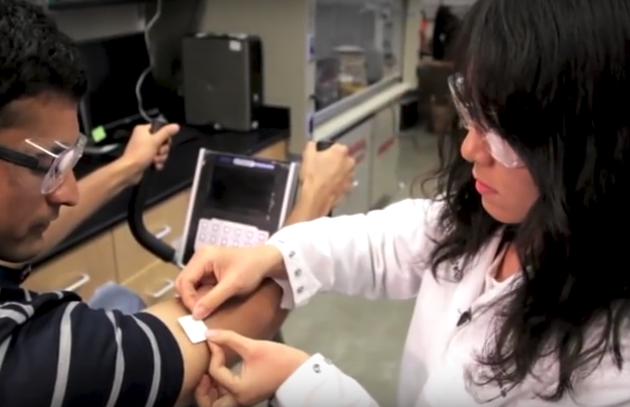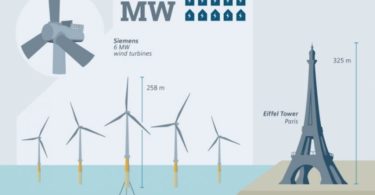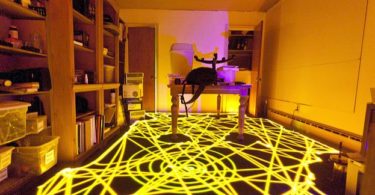Wearable technology has been around for some time now, but most electrical forms have one common unifying limitation: their batteries.
These batteries tend to have limited capacities that directly impact their long-term use and once drained, the tech just becomes a fancy piece of jewelry.
Several researchers around the world have been developing methods of harvesting power from a readily available source – you.
1. Movement-Powered Cloth (Bonus When You Wear It Outside)
Researchers at the Georgia Institute of Technology are developing a purely motion-generated electricity-harvesting textile. Technically, it is bi-generational as it also integrates solar generation.
The textile generates electricity from the motion of the wearer from triboelectric nanogenerators. These generators work by combining the triboelectric effect and electrostatic induction to generate electricity from any movement that agitates the textile.
Walking, running… and it doesn't have to come from human movement. Your dog's collar could help keep your cell phone charged!

Source: Georgia Institute of Technology
2. Make Electricity From Your Own Body Heat
Researchers at the Korea Advanced Institute of Science and Technology (KAIST) have been working on a power generating wearable technology that harvests your body heat to make electricity.
It's a glass fabric-based thermoelectric (TE) generator, which makes it extremely flexible.
“Our technology presents an easy and simple way of fabricating an extremely flexible, light, and high-performance TE generator,” said Byung Jin Cho, a professor of electrical engineering and head of the project. We expect that this technology will find further applications in scale-up systems such as automobiles, factories, aircrafts, and vessels where we see abundant thermal energy being wasted.”
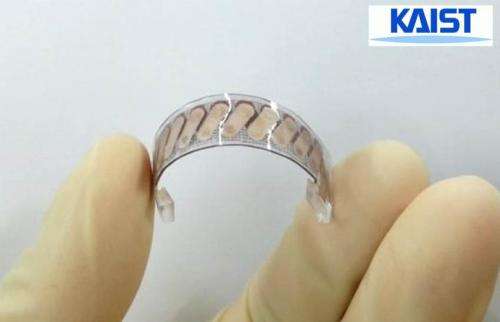
Source: KAIST
3. Turn Your Own Sweat into Fuel
An interesting potential future wearable technology could generate electricity as you sweat at the gym or on a hot day. Sweating releases lactate, which can be used as “fuel” molecules by enzymes to generate a small electrical current. The sensor also strips electrons from lactate to generate a small electrical current. Wang hopes the device can eventually power a smart watch or heart rate monitor.
These enzymes can be stuck onto nanotubes and formed into biofuel cells. These can then be woven into garments such as headbands and wristbands which can then readily generate enough electricity from chemical reactions with sweat lactate to power devices.
4. Footwork Creates an Electric Current
Researchers in Germany have created shoes that harvest energy from your stride – in two ways.
Both energy harvesting devices generate power by exploiting the motion between magnets and coils.
The first energy-harvesting device, a “shock harvester,” makes power when your foot strikes the ground, and the “swing harvester” as the foot is moving forward to take the next step. In both cases, the magnetic field of a moving magnet passes by a stationary coil, thereby inducing voltage and making an electric current.
The energy they generate is still very small, according to BBC – no more than 3-4 milliWatt (mW), far from the 2,000 mW required to charge an iPhone. But it could power sensors, for example.
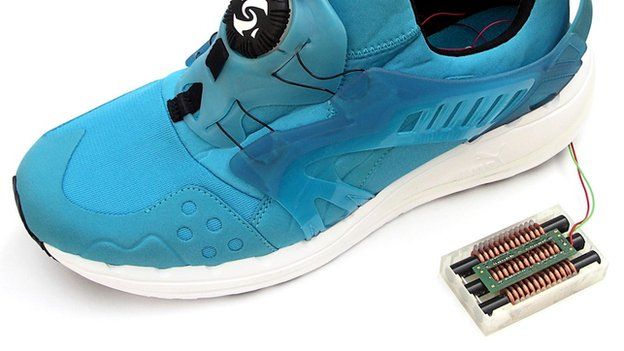
Source: IOP Science


